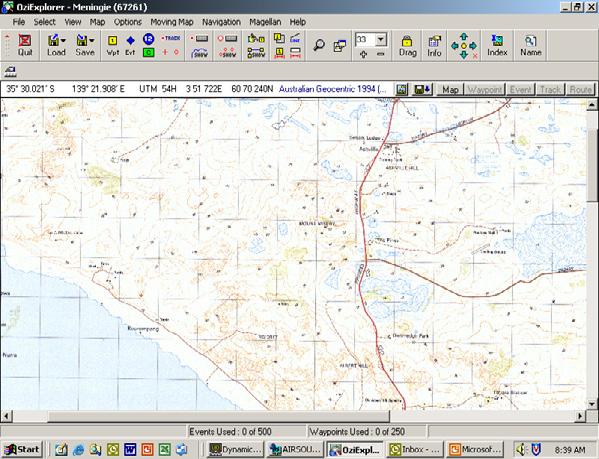
4 minute read
Telecommunication Strategies
Telecommunication Strategies
• Listen actively to the caller and clarify meaning or verify information when required.
− Clarify: To make clear, easy to understand, eg. seventeen, say ‘one, seven’
− Verify: Ask the caller to repeat to check that the address entered by you in CAD is correct.
Use open questions if callers do not provide enough information. This is particularly important when trying to ascertain exactly what happened. Open questions begin with: • What?
• Who?
• How?
• Where?
• Which?
• Why?
For example, “What happened exactly?”. These questions encourage a caller to give as much information as they can about something without being led by a question.
Use closed questions if callers provide too much information. Closed questions begin with:
Can? Have?
Are? Is?
Has? Should?
Would? Could?
Did? Do?
These questions encourage a person to restrict discussion and the appropriate response can only be “YES” or “NO”.
Communication techniques
• Speak clearly with adequate volume in a reassuring tone
• Speak at a steady, reasonable rate
• Take control of the call in a positive, assertive manner
• Avoid jargon, slang, semantics and medical terms, except when they are appropriate and understandable to the listener
• Be patient with ALL callers
• Reassure callers who are distressed and acknowledge the caller’s emotion
• Stay on the telephone line if necessary
• Provide adequate advice in terms of what they can do to help
• Provide explanation of what you are doing
• Vary your tone of voice and style of language according to whom you are speaking
• Ensure the mute switch is on when conversing with someone other than the caller
• Always consider your caller situation and their expectation of you; remember you are the expert
• Ensure you present a positive image of SAAS
• Record all information in a legible, accurate and concise manner
• Avoid asking unnecessary questions (use MPDS)
• Adopt a non-judgmental approach
• Minimise call processing gaps by using phrases like “I’m just passing this information to the crew” or “I’m just making some notes”
• Use the telephone interpreter service if communication becomes difficult with a culturally and linguistically diverse caller
• Focus on the caller’s message, not the way it is delivered
• Use calming techniques throughout the call
• Explain why you need the information, to build rapport
• Guide callers ‘through the rough waters’
• Remain calm, but firm - use repetitive persistence when necessary.
Repetitive persistence
Repetitive persistence is an advanced calming technique. Remain calm but firm and repeat the request to the caller in identical phrasing over and over again, in a similar tone of voice so the caller gains control over their emotions
Tips for applying repetitive persistence: • Combine the command with a reason: “You are going to have to listen carefully (the command) so we can help your baby” (the reason)
• Impart the message with a positive tone
• Use the caller’s name
• Do not alter the wording
• Never use an offensive command.
Examples include: • ‘Mrs Jones, you need to calm down in order to help your husband, I need you to listen to me carefully’
• ‘Mark, listen very carefully so we can organise help for your mum’
• ‘Mr Smith, in order to help her, I need you to listen to be carefully’
• ‘The ambulance has already been arranged, Ms Thomas and asking these questions is not delaying the ambulance’.
Tips for Working with Children
• Ask to speak to an adult
• Interact at the child’s level
• Does the child know their home address or last name?
• Does the child know their telephone number?
• Tell the child not to hang up and to always come back to the telephone.
Tips for working with callers who provide too much information
• Bring the caller back to why they have called for an ambulance today
• Allow them to talk, but if you are not able to ascertain what is happening quickly, bring the caller back to “tell me exactly what’s happened”.
• If you need to interrupt use the phrase, “I’m going to arrange some help, tell me exactly what’s happened”. By validating the caller that you are going to arrange help works to calm them and they are more likely to be more specific with what is happening
• For the callers who want to impart their entire medical history don’t be afraid to be assertive, but ensure that the correct amount of empathy is applied, “thank you for that information, what’s the reason you’ve called for an ambulance today”
• Establish a ‘code’ to communicate with the caller. Possibilities include:
− Ask the caller to respond with ‘yes’ or ‘no’ answers to closed questions
− Ask the caller to respond with one grunt for ‘yes’, two grunts for ‘no’








